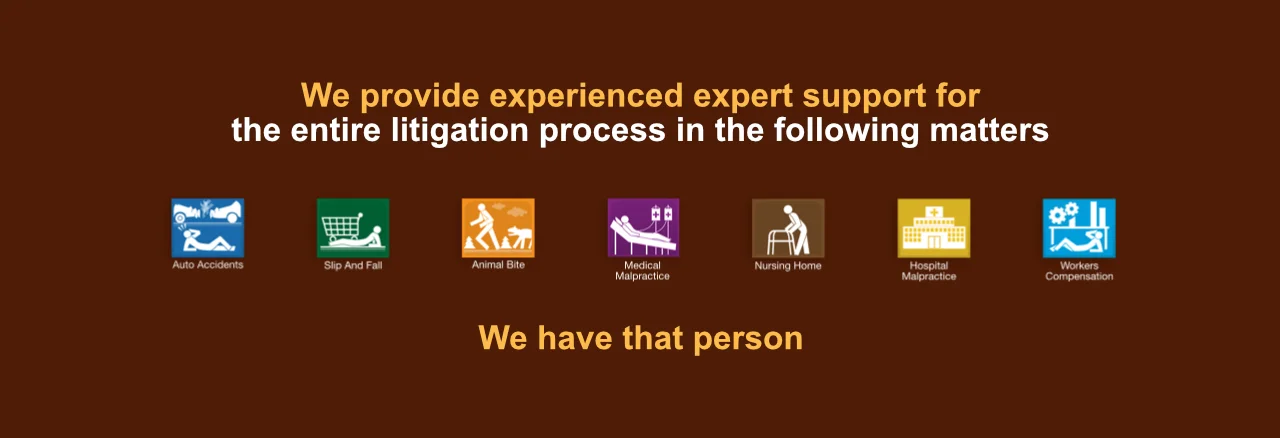The general idea of a lawsuit is pretty well known by the general public. It is in our Democractic credo then where there is a wrong there is a right. The court system is designed for the purpose of establishing the rights of the parties who appear before it. Without some sort of law and order there would be fighting in the streets. A well and fairly run system of courts allows people to have faith in a system and therefore abide by it. This is true no matter what type of lawsuit is filed. For this reason, it is important for the average person to have some idea of how the system works. We’re going to restrict our discussion mostly to the part of the legal system which deals with personal injury and medical malpractice.
In a medical based lawsuit the first that happens is that the victim (plaintiff) files a Complaint with the Court wherein it is alleged just how the party being complained of (defendant) did wrong. In the law, it must be alleged that a party did something wrong which directly caused a harm. In a medical injury case then the plaintiff sets forth what the defendant did wrong in plaintiff’s opinion. This could be a negligent motorist case where the victim was hit by that car or it can be a medical malpractice case where the victim suffered some harm at the hands of a doctor who did something wrong.
The defendant gets served and is allowed to file an Answer to the Complaint where the charges of negligence or harm can be denied or otherwise explained. Once this is done the lawsuit immediately enters the discovery stage. The idea of discovery is to get all of the facts out as soon as possible under oath and thus allow the parties to see better where they really are. Discovery then consists of each side, through the use of written questions and oral depositions, finding out what the other side has by way of evidence to prove their case. In a medical case the discovery portion of the case includes getting evidence from witnesses and drivers but also from medical doctors who treated the plaintiff or who didn’t but who are brought in as paid experts to render a medical opinion as to the nature and extent of the injuries, on the plaintiff’s side, or the absence of such injuries on the defense side.
Perhaps the most important witness in the case is the victim actually. This is because it is the victim who was right in the thick of things and is the person who has to live with the damages. The victim’s appearance and demeanor on the witness stand are very important. This is because the Judge as well as the Jury are sizing the victim up in court to see if that person seems honest or not. A good impression by the victim is priceless in assisting the case whereas a bad appearance can be devastating.
In a few words or less then how does an injury victim make a good appearance in court? No one expects the victim to be a lawyer so a persons legal knowledge is never really on stage here. Honestly, what’s in play is how honest you and your lawyer appear to be through the case. There may be nothing more important. To maximize this appearance, the client and lawyer should stick to the truth and not try to pull one over. This really involves studying your case and knowing as many details and facts as possible. Being able to quickly and fully answer questions looks more honest than not being able to. Studying facts and details lessens the chance that one even makes an error which can actually look dishonest in and of itself. It is always a good idea to avoid attacking your opponent personally but rather to restrict your comments to the law. This is true at your deposition as well as at trial. Remember, that even though depositions are taken privately that they often become public record at trial where they can be used against you if you testify differently at the trial.
Once the trial is over the jury decides whether the defendant did wrong or not as well as decides the amount of money (damages) the wrongdoer will pay. Otherwise, if the jury finds the defendant not liable then the case is over. For those who thirst for more knowledge or perhaps have a suit pending or in the works we have prepared on our website some audio-info tapes which describe more in detail all of the steps in a medical type lawsuit. Also on the site are resources to obtain an experienced medical litigator and medical expert(s). Remember, never be afraid to get a second opinion with lawyers or doctors!


